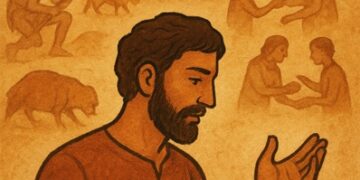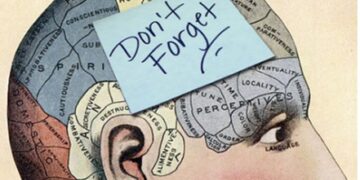In the quiet courtyards of government schools across Jammu and Kashmir, long before the first bell rings, a woman can be seen holding a broom in one hand and a small child’s hand in the other. She tidies the classroom, wipes a desk, comforts a crying child, and ensures that the little ones begin their day with safety and warmth. She is the AAYA — a figure so common in our schools, yet so rarely acknowledged in policy conversations or social appreciation. Her role, though humble in title, is profound in purpose. She embodies the spirit of care, patience, and emotional safety that forms the very foundation of early education.
Under the Samagra Shiksha framework, the Government of Jammu and Kashmir has strengthened Early Childhood Care and Education (ECCE) as a crucial component of school education. The ECCE initiative seeks to provide holistic care, learning, and development to children between the ages of three and six, recognizing that early experiences shape a child’s entire life. In this framework, while the teacher plays the lead role in instruction, it is the AAYA who provides the emotional and physical scaffolding that allows learning to flourish. She is, in every sense, the bridge between home and school — the gentle presence that makes a child’s first learning experience comfortable and joyful.
The responsibilities entrusted to an AAYA are far more meaningful than they appear on paper. She ensures the safety of children as they move between classrooms, toilets, and play areas, assisting them during arrival and departure. Her watchful eyes prevent accidents and her care ensures that every child remains secure throughout the day. She maintains hygiene by helping children wash their hands, keeping classrooms tidy, and cleaning toys and mats used during play. For children in their formative years, such cleanliness is not merely aesthetic — it is foundational to their health and sense of order.
The AAYA supports the teacher in day-to-day activities, helping to set up learning materials, organize play-based sessions, and assist during art, storytelling, or group work. Her contribution enables the teacher to focus on pedagogy without worrying about minor disruptions or the emotional needs of very young learners. During meals, especially under the PM POSHAN or ECCE nutrition program, she ensures that each child eats properly, follows hygiene routines, and that no one remains unattended. For a shy or hesitant child, her gentle encouragement during meals can make all the difference.
Equally significant is her emotional role. The AAYA’s voice is often the first to calm a crying child, her lap the first place of comfort in a new and unfamiliar environment. She understands the small fears and needs of children in a way that often escapes adults preoccupied with formal instruction. To the child, she is not merely a helper — she is safety personified, an extension of motherly affection within the school setting.
Despite this deep and irreplaceable contribution, AAYAs often work without adequate recognition or dignity. This is where the attitude of teachers and the Head of Institution becomes decisive. The success of ECCE depends as much on curriculum as on human relationships. Teachers and HOIs must see the AAYA not as a subordinate worker but as an equal partner in nurturing young minds. Respect, empathy, and inclusion are essential. A kind word, a gesture of appreciation, or a public acknowledgment of her efforts can motivate her far more effectively than supervision alone.
Teachers have a responsibility to guide and mentor AAYAs gently, helping them understand classroom routines, hygiene protocols, and child-handling techniques. The Head of Institution must ensure that AAYAs receive periodic orientation and training under Samagra Shiksha, covering areas like early childhood psychology, hygiene, safety, and first aid. Inclusion in ECCE-related discussions during staff meetings helps them feel valued and heard. It also allows them to share observations about children’s behavior, which are often keen and intuitive. Fair supervision, clear duty assignment, and timely release of honorarium are administrative necessities that reinforce their dignity.
When teachers and AAYAs work in harmony, the atmosphere of the school changes. Children observe mutual respect and cooperation between adults, learning empathy not through lessons but through living examples. A respectful environment encourages children to value every role and person equally, dissolving social hierarchies that often persist outside the school walls. Such a culture transforms ECCE from a program into a philosophy — one where care is not an accessory but the very soul of education.
The AAYA may not teach alphabets or numbers, but she teaches children something far deeper — how to trust, how to feel safe, and how to belong. In her silent acts of kindness, the child learns the first lessons of humanity. A truly child-friendly school is not measured by its infrastructure or test scores but by the kindness it extends to those who sustain its spirit. Teachers and HOIs, therefore, carry a moral responsibility to uplift, train, and respect these women who quietly nurture the emotional core of ECCE.
In every cheerful child walking confidently into a classroom, there is an invisible contribution of an AAYA who made that first day less frightening and more beautiful. The real measure of our education system lies not only in how well it teaches children — but in how gently it treats those who help children grow.
(Author is a teacher and mental health advocate. He writes on psychology, education, and social policy. He can be reached at aqalmi303@gmail.com)




